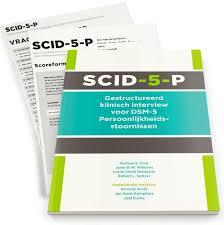

Their poor survival can be attributed to a lack of efficacious therapies, and a limited understanding of the underlying genetic and biochemical abnormalities associated with this group of diseases, which has hindered the development of more effective and patient-specific treatment. Whilst over the past few decades there has been an improvement in the survival of patients in multiple domains within pediatric oncology, the prognosis for the majority of children with malignant brain tumors remains grim ( 1). Here, we provide an overview of the currently available orthotopic xenograft models for pediatric brain tumor subtypes as defined by the 2016 WHO classification, to facilitate the choice of appropriate animal models for the preclinical testing of novel treatment strategies, and to provide insight into the current gaps and challenges. Therefore, new treatments need to be developed, based on subgroup-specific genetic aberrations.

Despite an improved diagnosis of (pediatric) tumors in the CNS however, the survival of children with malignant brain tumors still is far worse than for those suffering from other types of malignancies. These molecular features have been incorporated in the 2016 new World Health Organization (WHO) Classification of Tumors of the Central Nervous System (CNS), which now distinguishes tumor subgroups not only histologically, but also based on molecular characteristics.

In recent years, molecular profiling has led to the discovery of an increasing number of brain tumor subtypes, and associated therapeutic targets.


 0 kommentar(er)
0 kommentar(er)
